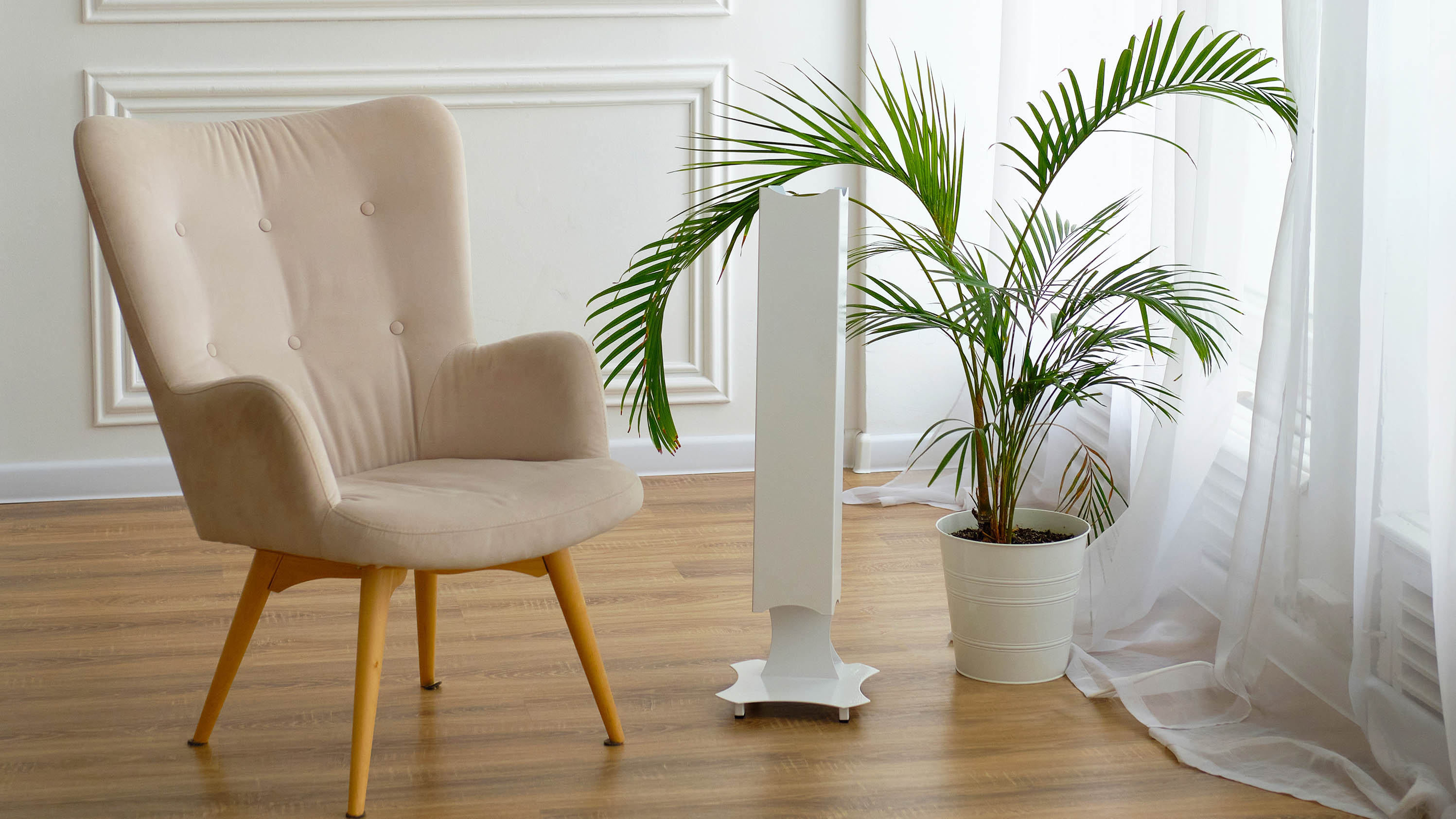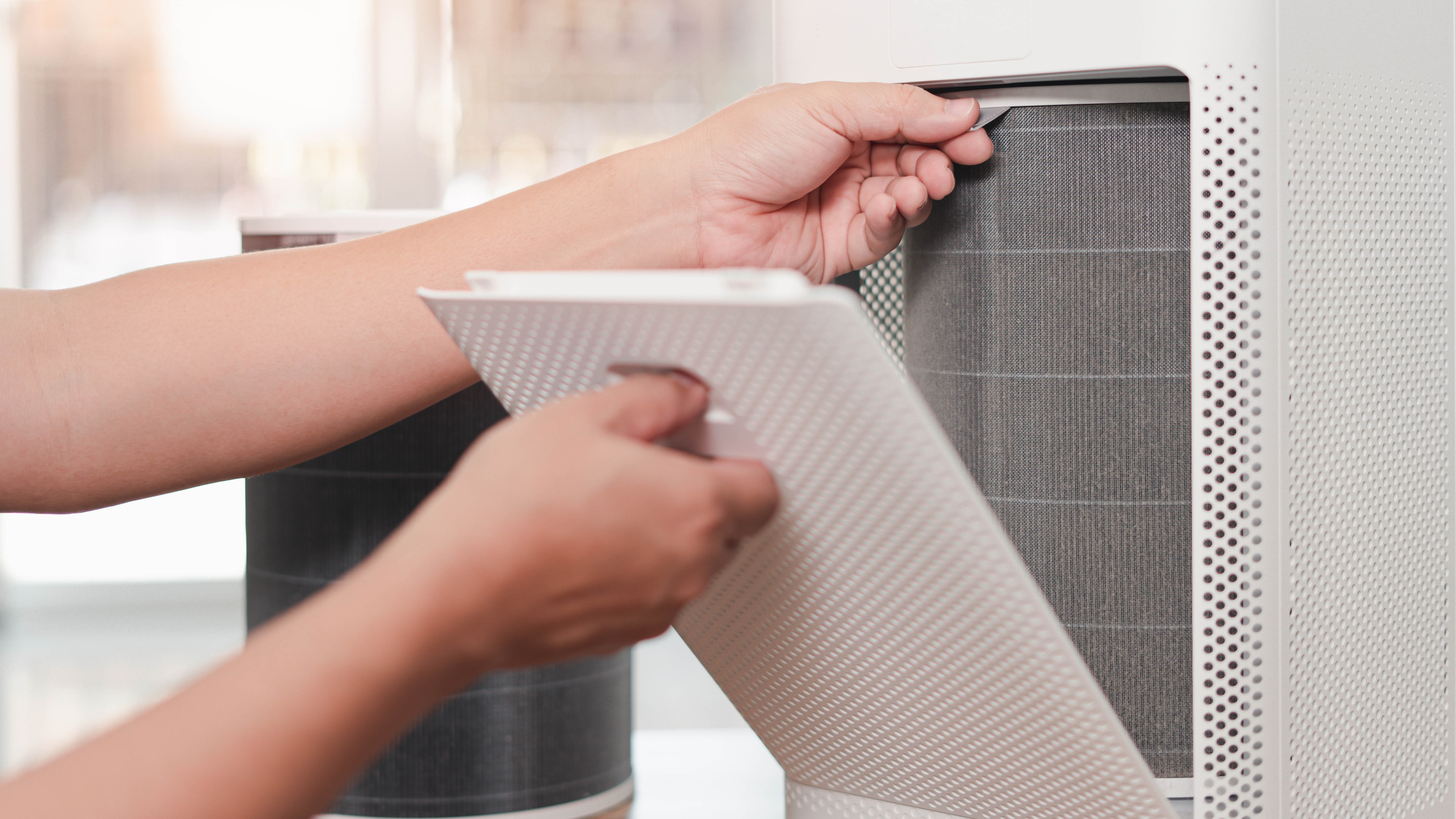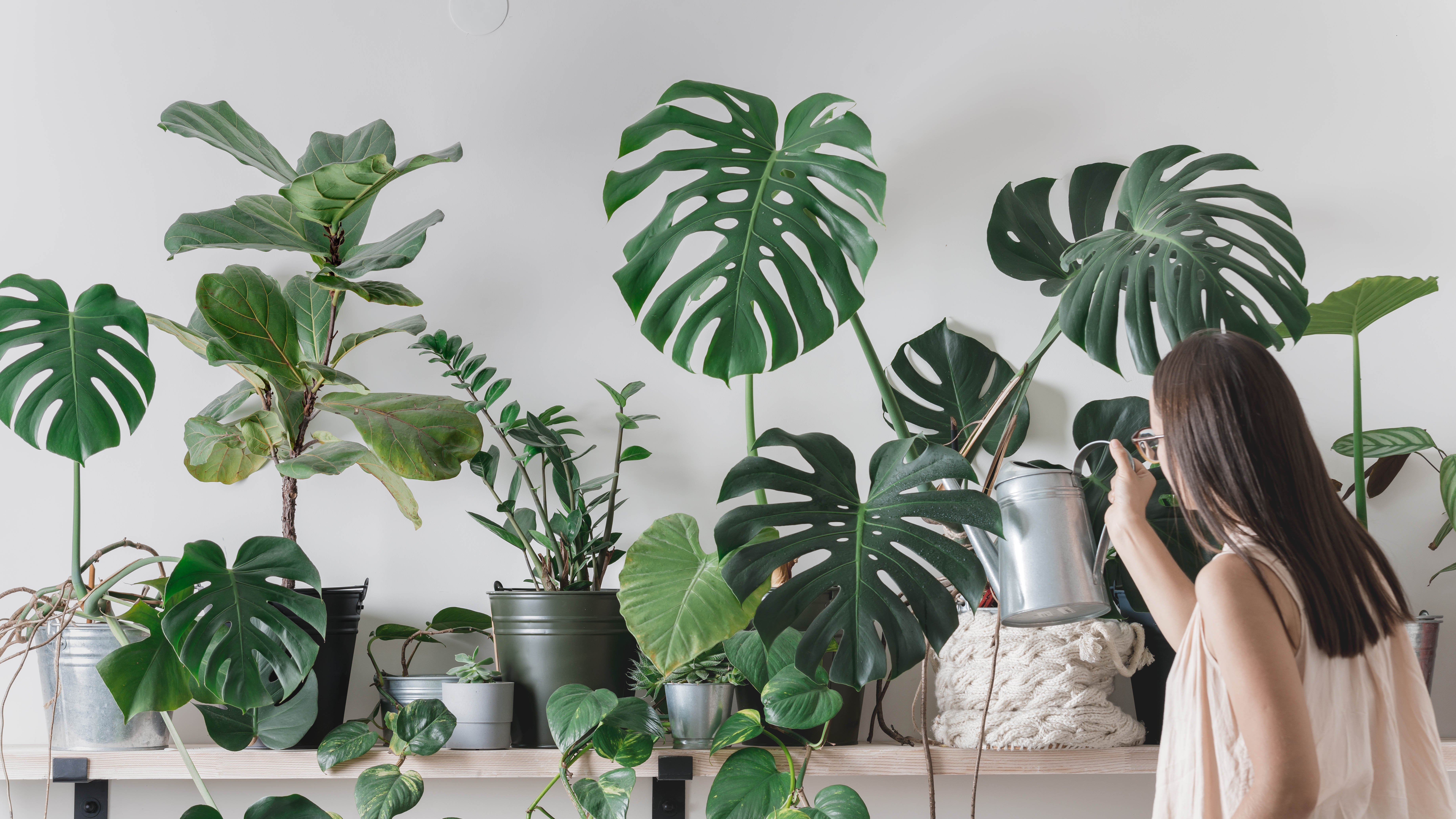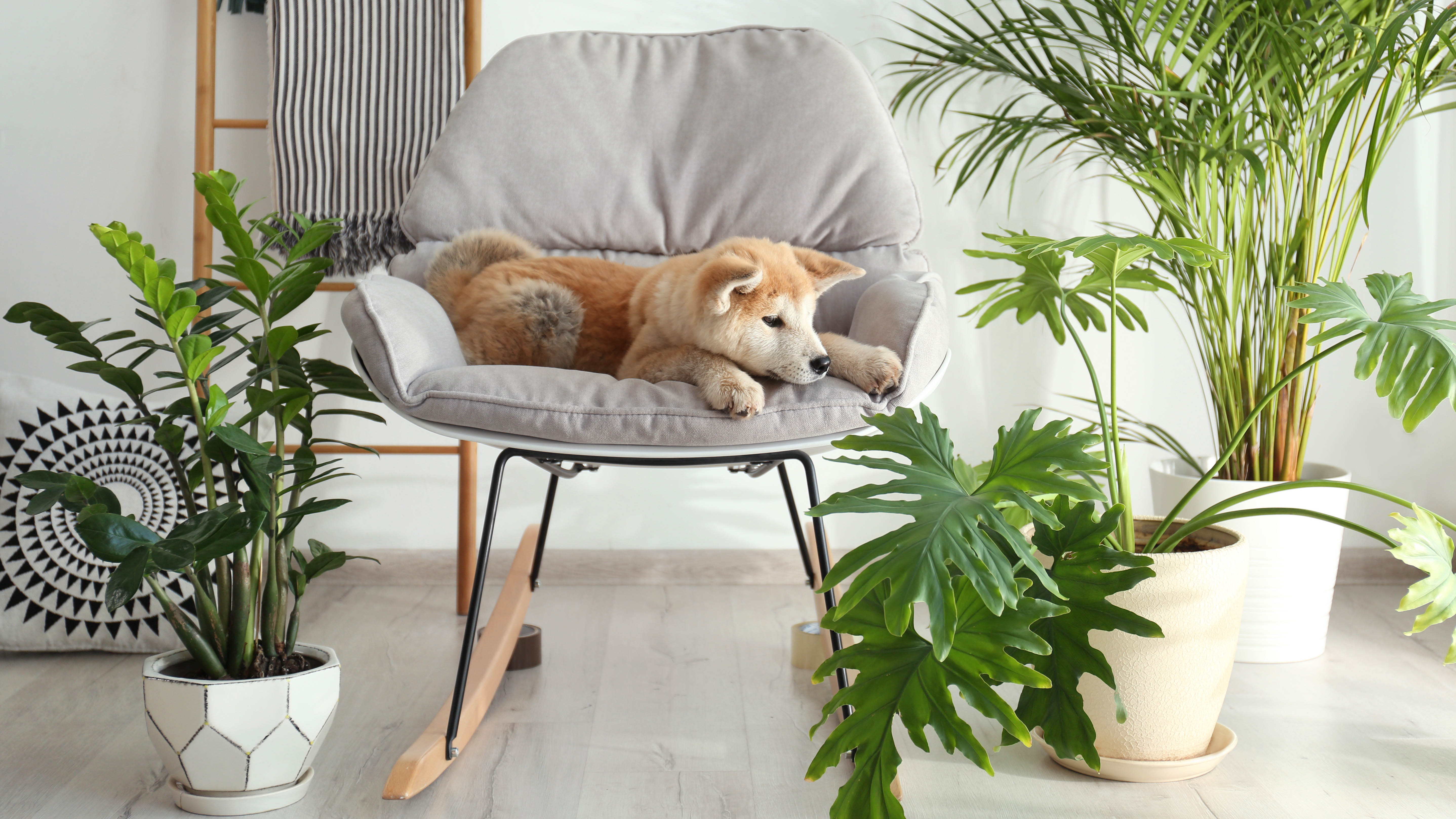Do you need an air purifier if you've got houseplants?
Ever wondered how a houseplant compares with an air purifier?

Have you ever wondered if you can swap your air purifier for a houseplant? You’re not alone.
With some of the best air purifiers costing upwards of $600, an air purifier can be a hefty investment for something which isn’t always easy on the eyes. An air-purifying plant, on the other hand, is affordable, attractive and actively "breathes" carbon dioxide — but how well does it actually stand up to an air purifier?
Here, we will look into how each works to improve your air and the overall impact it will have so you can decide which is best for you.
How does an air purifier work?
If you want to know how air purifiers work, there are actually a few variations on the market. Each of these air-cleaning methods functions differently, and many air filters combine one or more of them.
- HEPA filter — This is arguably the most well-known filtration method. Essentially, the air purifier sucks in air from the room, which then passes through a series of filters, but most importantly a HEPA filter. A HEPA filter is particularly dense and will catch very small microbes and pollutants such as dust, pollen or smoke before recycling the air back into the room.

- Carbon filter — These work in much the same way as a HEPA filter, but contain a carbon-based filter as one of the layers. The benefit of a carbon filter is that it’s more effective at collecting odors and airborne chemicals.
- UV light — Many air purifiers contain UV lights that will kill bacteria and viruses that pass through them. Because this method won’t get rid of inert airborne particles, it’s often used in addition to HEPA and/or carbon filters.
- Negative ions — An ionic air purifier works differently from the other methods in that it sends out negative ions which magnetically attract any particles in the air. Once they’re heavy enough, these ionized particles then drop to the ground or attach to surfaces, which then in turn need to be cleaned. Some ionic air purifiers create ozone, which can harm the lungs of children or the elderly.
How do air-purifying plants work?
Houseplants will naturally absorb carbon dioxide from the air via photosynthesis. During this process, the plant will convert light, carbon dioxide and water into carbohydrates, which the plant needs to live. Oxygen is then generated as a by-product and released for us to breathe.

In 1989, NASA ran an experiment which found that plants absorb volatile organic compounds (VOCs) from the air using their leaves and roots. VOCs such as benzene, toluene and formaldehyde, to name a few, can be absorbed.
Such gases are emitted from products such as paint, building materials and cosmetics, so they’re more common than you’d think around the home. When you smell nail-polish remover, gasoline or the interior of a new car, you're smelling VOCs.
Sign up to get the BEST of Tom's Guide direct to your inbox.
Get instant access to breaking news, the hottest reviews, great deals and helpful tips.
With that in mind, it’s no wonder that some are left favoring nature over the machine. But how does the air-cleaning performance between the air purifiers and houseplants compare?
Air purifier vs. houseplants — how they compare
While it’s a nice idea to have plants clean the air, they unfortunately don’t come close to matching the effectiveness of an air purifier. Michael Waring, a professor of environmental engineering at Drexel University in Philadelphia, analyzed 30 years of past research and concluded that plants remove VOCs at such a slow rate that you would need lots of plants to make the same impact as an air purifier. We’re talking about thousands of plants per household, so don’t even attempt it!
Furthermore, houseplants can’t absorb particles such as dust or smoke, and if anything, they only add to the pollen count. This is a clear win for air purifiers, especially if you have allergies.
Final thoughts

Don’t go throwing your succulents away, just yet though. Plants come with many other benefits. Studies have shown that plants can boost your mood as well as reduce stress and fatigue. While the overall impact may be minimal, they’re still having a positive effect on your air.
Ultimately, I’d recommend having both air purifiers and plants in your home. Just make sure that the plants aren’t poisonous to cats and dogs if you have pets.
Next: Here are 7 ways to get more out of your existing air purifier.

Katie Mortram used to be a Homes Editor for Tom's Guide, where she oversaw everything from kitchen appliances to gardening tools, as well as smart home tech. Specializing in providing expert advice for cleaning and home manintenance, she now works as Household Advice Editor for Good Housekeeping.
